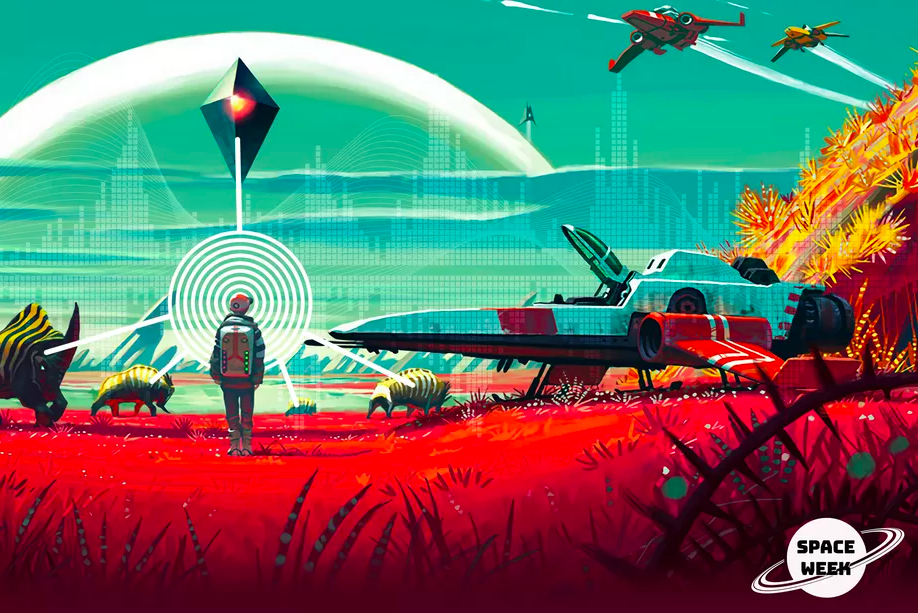Photo credit: Greta Rybus
Sometimes I talk very earnestly about my work on molecules in space.
My interests lie in the molecular characterization of extra-solar planets and making science a more inclusive world.
I did my PhD with the ExoMol project (UCL, UK) where I simulated spectra for phosphine - here is my thesis. I was then a postdoctoral associate at MIT (EAPS and MKI) for three years where I worked on the spectroscopy of biosignatures gases, particularly phosphine (it’s the best!). I then became a 51 Pegasi b Fellow at the Harvard & Smithsonian Center for Astrophysics, and now I am a professor at Bard College.
While in London, I was the Educational Co-ordinator for the Twinkle Space Mission, which includes ORBYTS (Original Research By Young Twinkle Students), and I am currently the director for the Harvard-MIT Science Research Mentoring Program and the JURA program, where I help kids perform astrophysics research.
Someone once called me one of "The New Neil Armstrongs" lol
Someone else described my work as “finding alien farts“ which is about right.
In fact, lots of people like the flatulent perspective on my research about phosphine and biosignatures.
I wrote an article about finding aliens, and my favourite molecule to do it: phosphine. Read it here.
A wonderful (and now, award winning!) WIRED article about how the "Phosphine on Venus?" story came to be, by the inimitable Sarah Scoles.
The NYT breaking news announcement of our, now quite controversial, potential discovery of phosphine in the clouds of Venus.
Despite the misleading YouTube caption, this BBC interview is a pretty good summary of the current state of the potential discovery of phosphine in the Venusian clouds.
Here’s an excellent interview about some of my latest phosphine work, for which they took this slightly unsettling photograph.
Photo credit: Melanie Gonick.














